Buy Best Canvas Paintings Online
Welcome to the fascinating world of canvas painting. Humans have been explorers and abstract artists since the beginning; we always discover new ways to express ourselves. Leave aside the globe; if we go through India's magnificent past, we will uncover cave paintings and rock paintings at Ajanta Caves and Bhimbetka cave paintings. Paintings were early means of expression; humans used this medium to demonstrate their footsteps and art.
What is Canvas Painting?
Canvas Painting is one type of wall art; if we examine the words canvas and painting, we can see that canvas stands for "a piece of strong cloth for painting a picture," whereas painting is an expression of things, persons, or any abstract shape. As a result, it is a painting shown on a fabric. These canvas paintings combine storytelling and art. Canvas painting concepts develop into the art of stories; a picture may dictate and display a tale by including objects, trees, and persons.
These acrylic paintings on canvas are an excellent choice for living room décoration. Every image contains a unique meaning and point of view in the eyes of the viewer.
Canvas painting may be a source of inspiration for creativity and art, as well as reveal a lot about your personality and character. It is exclusive and has a purpose that can only be understood by a person's intellect or visual appeal.
Canvas paintings can extract emotions, ignite conversation, and transport viewers to other worlds. They might tell stories, communicate political or social messages, or recognize the human condition. Canvas paintings can create a lasting impact and connect with people on a fundamental level, from the masterpieces of known painters to the personal works of developing talents.
Where Did Canvas Painting Originate?
A canvas painting is an artwork created by applying paint—typically oil or acrylic—on a stretched fabric surface known as canvas. The texture of canvas allows colors to breathe, creating a tactile depth that paper or wall often lacks. It originated in Europe during the early Renaissance when artists shifted from wooden panels to canvas due to its durability and portability. Venice played a crucial role, given its thriving maritime trade and access to sailcloth, which eventually became the artist's canvas. Over time, this medium became a global standard. In India, though, traditional scrolls and murals were more common historically, canvas became a chosen base in colonial and modern periods. Today, canvas paintings carry not just color and form but stories, emotions, and identities. They’re like visual letters from one time to another—rooted in history, yet always reaching forward.
How Is A Canvas Painting Different From Modern Or Contemporary Artwork?
Canvas paintings often carry a certain permanence, a weight, a sense of something deeply rooted—like sitting under an old tree. They tend to follow classic techniques: layers of pigment, brush strokes, patience. Modern or contemporary artwork, on the other hand, isn’t always bound to canvas or even paint. It includes digital prints, installations, mixed media, conceptual art—formats where idea often outweighs technique. The distinction lies in the medium and message: canvas paintings usually highlight visual aesthetics and craftsmanship, while contemporary art might prioritize concept, provocation, or even social commentary. That said, the lines do blur. A contemporary artist may still choose canvas, just as a traditional painter might embrace abstract themes. The difference isn’t just about time; it’s about intention and interaction. Canvas feels like a conversation with history; modern work often feels like a question to the present.
What Are The Different Styles Or Types Of Canvas Paintings?
Canvas paintings come in a wide array of styles, each carrying its own language, rhythm, and emotional cadence. There’s realism, where every detail mimics life with photographic precision, and impressionism, known for its light, fluid brushwork capturing fleeting moments. Abstract styles lean into emotions and forms that don't mirror reality but interpret it. Then there’s expressionism, raw and bold, revealing the artist’s inner world. Minimalist canvas works rely on simplicity and space, letting silence speak. In India, we have intricate styles like Madhubani, Pattachitra, and Kalamkari—which have now found their place on canvas too. Urban artists might blend graffiti with traditional motifs, while contemporary painters experiment with mixed media. The canvas becomes a democratic ground—open to all voices, moods, and interpretations. Each style is not just a visual choice, but a way of telling time, mood, and memory.
What Materials Are Commonly Used In Canvas Paintings?
The essence of a canvas painting begins with the canvas itself—usually made from cotton or linen. Linen is stronger and longer-lasting but more expensive; cotton is affordable and accessible. These fabrics are stretched across wooden frames and coated with gesso, a primer that creates a smooth, paint-ready surface. The paints used vary—oil paints offer richness and slow drying times, perfect for blending. Acrylics are water-based, fast-drying, and versatile, allowing for layering, texturing, and mixed-media use. Some artists also use watercolors, ink, charcoal, or even gold leaf depending on the desired effect. Brushes, palette knives, sponges—each tool adds its own texture. Even sand or paper may be embedded for a raw, tactile finish. So, it’s never just fabric and color—it’s layers of intention, interaction, and tradition, painted into permanence.
What Motifs Or Themes Are Common In Canvas Paintings?
Canvas paintings are a visual diary—where recurring motifs often mirror collective emotions or cultural memory. In classical art, themes like nature, mythology, religion, and human anatomy dominate. Think of Van Gogh’s starry skies or Raja Ravi Varma’s depictions of Indian gods—both carry cosmic and cultural weight. Indian canvas works often echo rural life, folk narratives, tribal patterns, and sacred symbols—lotus, elephants, peacocks, and even abstract geometry representing spiritual balance. Contemporary themes, however, drift toward urban life, identity, environmental concerns, and mental states. There's often a subtle tension—a dialogue—between the traditional and the personal. Minimalist works might just play with color gradients or circles, while symbolic pieces might hide entire belief systems in one motif. The canvas allows space for repetition, rhythm, and rediscovery. Each motif—whether ancient or abstract—anchors the viewer into the story beneath the paint.
Where Can I Buy Authentic Canvas Paintings Online?
Finding authentic canvas paintings online requires a careful eye and a sense of connection—both to the work and the artist. Platforms like Etsy, Artfinder, Saatchi Art, and India-based websites like Mojarto, Artzolo, or even IndianShelf curate original artworks that span traditional, tribal, and contemporary genres. Some platforms offer certification or artist background, which helps in trusting the origin. Social media platforms like Instagram and Facebook have also become informal galleries—where artists share process, detail, and emotion, directly with buyers. Buying from the artist, when possible, adds intimacy. You’re not just purchasing a product—you’re inviting someone’s process, time, and emotional labor into your space. Avoid mass-produced prints sold under the guise of originality. Read descriptions. Zoom into textures. Ask questions. True canvas art carries imperfections and texture. That’s the charm—it wasn’t made by a machine, but by a human hand, across slow, deliberate hours.
How Can I Incorporate A Canvas Painting Into A Modern Home Decor Setup?
A canvas painting can shift the emotional tone of a room—it doesn’t just decorate a space, it speaks to it. In a modern home, where minimalism, clean lines, and neutral palettes often dominate, a single canvas painting can become the heartbeat of the space. Choose one bold piece for a blank wall—it could contrast in color or echo the energy of the room. Abstracts work beautifully in contemporary setups, while traditional themes can bring in warmth and heritage. For smaller spaces, triptychs or miniature sets in earthy frames can create rhythm. Mix art with bookshelves or hanging plants for layered storytelling. Lighting matters—spotlights or soft ambient lamps can enhance texture and depth. The key is balance. Let the painting breathe. It should feel like a memory on your wall, not just an object. Your space should grow around it, not the other way around.
How Are Canvas Paintings Preserved And Celebrated Today?
Canvas paintings are like silent witnesses of time—they carry light, dust, and memory. Preserving them means respecting that journey. Museums and collectors use climate-controlled rooms, UV-protected glass, and periodic restoration. But in homes, care can be simple yet intentional: avoid direct sunlight, moisture, or places close to kitchens or bathrooms. Dust gently with a soft cloth. If the painting shows signs of wear—like peeling or dullness—consult a restorer instead of DIY fixes. Celebration today goes beyond just walls. Social media showcases process videos, and artist communities thrive on digital platforms. Exhibitions—physical and virtual—are making canvas painting accessible to wider audiences. Art isn’t just bought anymore; it’s discussed, shared, even co-created. Whether displayed in galleries or homes, each painting continues to evolve in the gaze of the viewer. Preservation, at heart, is also about storytelling—keeping alive what the artist once felt, stroke by stroke.
How Is Indian Canvas Painting Culture Linked To Sustainability Or Traditional Craftsmanship?
Indian canvas painting culture is deeply intertwined with sustainability—often not as a trend but as tradition. Many Indian artists, especially those rooted in folk or tribal practices, use natural dyes, plant-based pigments, handwoven canvas, and even recycled fabrics. Art becomes a slow, mindful process—one that honours nature and community. The brushes might be handmade, the canvases sun-dried, the colors extracted from turmeric, indigo, or red earth. This method isn’t just eco-friendly—it tells of generations who painted without harming what gave them life. Moreover, by supporting local artists and craftspeople, you're participating in a circular economy—where tradition isn’t lost to industrial speed. Even urban artists are returning to this slower rhythm, merging modern themes with traditional tools. Sustainability here is not a label—it’s a practice, a philosophy. Indian canvas art shows that beauty can be created without excess. Craft can thrive without compromise.
What Are The Best Indian Canvas Painting Gift Ideas?
Canvas paintings make for timeless, soulful gifts—especially when they echo Indian aesthetics. A Madhubani-inspired canvas with bright mythological tales can light up a home with folklore and color. Pattachitra scenes—often intricate, rich in detail—can be perfect for storytelling lovers. For spiritual homes, Tantra or Mandala-based paintings offer harmony and meditative charm. You could also explore modern Indian abstracts, where traditional symbols meet bold expression. If you know the person’s background or interests, commission a custom canvas with subtle motifs tied to their culture or memories. Framed miniatures, quote-infused pieces, or regional textile-inspired art are thoughtful as well. A canvas painting, when gifted, isn't just décor—it's intention. It says you’ve chosen something meaningful, made with human hands and layered with emotion. Wrap it in brown paper, maybe add a handwritten note. Let the art carry your words when they’re too deep to say.
How Can I Identify An Authentic Canvas Painting?
Authenticity is not just about age—it’s about intention, craftsmanship, and detail. An authentic canvas painting often carries the mark of the artist in subtle yet telling ways: brushstroke direction, texture variations, paint layering, and even the weight of the canvas itself. Look closely. Is there life behind the lines? A mechanical reproduction feels flat—digitally perfect, but emotionally vacant. Flip the canvas. Originals often have uneven edges, visible pencil marks, or signs of aging on the back. Check the signature—its placement, pressure, and integration into the piece. Provenance also matters—any record of ownership, exhibitions, or gallery stamps adds credibility. Trust your instinct too: does the work evoke something real? An authentic piece often pulls you into its world, however briefly. When in doubt, consult an art appraiser or gallery with a history of handling genuine works.
How Do I Clean And Maintain A Canvas Painting?
Cleaning a canvas painting is not just a physical task—it’s an act of respect. First, never use water or cleaning sprays; canvas is porous and vulnerable. Begin with a soft, dry brush or microfiber cloth to gently lift away dust. If the painting is older or more delicate, avoid touching the surface directly and consider placing it under glass or away from direct sunlight and moisture. Frame it properly to protect edges from fraying. Humidity, especially in Indian homes, can quietly damage canvas over time—use dehumidifiers if needed. For stubborn dirt or visible spots, never scrub. Instead, consult a restoration expert or conservator. Regular visual checks—looking for any signs of cracking, warping, or mold—go a long way in long-term care. Maintenance isn’t about preserving perfection; it’s about preserving the intention and story the artwork carries.
How Old Does A Canvas Painting Need To Be To Be Considered “Historic” Or Collectible?
The term “historic” doesn’t just hinge on age—it emerges from relevance. Typically, a canvas painting becomes collectible if it’s over 50 years old and captures a specific era’s cultural, political, or artistic essence. However, context matters. A 30-year-old painting by a revolutionary Indian artist may hold more weight than a 100-year-old decorative piece. Collectibility is tied to rarity, influence, and the story behind the strokes. Art movements, regional schools, or social commentaries embedded in the painting amplify its historic worth. Even lesser-known artists whose works reflect a bygone lifestyle or forgotten aesthetic can become collectible when seen through a cultural lens. Ultimately, time is a threshold, but impact is the benchmark. A painting that moves you today may be tomorrow’s heritage—especially if it carries a regional story or emotional relevance that transcends trends.
Can I Use Canvas Paintings For Everyday Interior Decor?
Absolutely—and more than that, you should. Canvas paintings are not museum relics; they’re living, breathing presences meant to coexist with our routines. In a world filled with mass-produced prints, a single hand-painted canvas adds stillness, energy, and depth. It reflects your taste, anchors a space, and often starts conversations. From muted abstracts that calm the bedroom to vibrant folk scenes that ignite your hallway, canvas paintings fit anywhere—if you let them. Just consider light and moisture exposure: avoid placing them near direct sunlight or in overly humid kitchens and bathrooms. Rotate pieces occasionally for a fresh look and to reduce wear. Remember, decorating with canvas is not about matching color palettes alone—it’s about creating mood, memory, and moment. Let your wall whisper, not shout. Let the painting belong as much to the space as the people within it.
What’s The Difference Between Historic And Antique Canvas Paintings?
“Historic” and “antique” may seem interchangeable, but they hold different weights. An antique typically refers to age—over 100 years old. It’s valued for its time-tested existence, often carrying the patina of an era long past. But historic dives deeper. It speaks of significance. A canvas painting becomes historic when it reflects a moment, movement, or mind that reshaped thought, society, or technique. A 60-year-old work by an artist from the Bengal School, for instance, may be considered historic for its contribution to post-colonial identity, even if it’s not yet antique. In contrast, an anonymous 120-year-old floral painting may be antique but not particularly historic. The difference lies in narrative. Antique is the shell; historic is the soul. When collecting, look not just for age, but for relevance—cultural, personal, or artistic.
Are Oil And Acrylic Paintings Safe And Durable For Long-Term Use In Home Interiors?
Yes, both oil and acrylic paintings are designed to last, provided they’re treated with care. Oil paintings, with their rich pigments and deep textures, have graced walls for centuries. They take longer to dry but mature beautifully, developing a luminous depth over time. However, they’re more sensitive to temperature and should be kept away from heat sources and direct sunlight. Acrylics, on the other hand, are relatively modern—fast-drying and more forgiving in varying climates. They resist cracking and yellowing and are ideal for Indian interiors that might face seasonal shifts in humidity. Both can be framed or left on stretchers, though protective framing adds longevity. If you're looking for a low-maintenance, vibrant, and adaptable medium—acrylic is your friend. For moodier, more classical ambiance—oil delivers. Either way, they're both safe and enduring choices for any home that values art.
How Do I Restore Or Protect Old Canvas Paintings?
Restoring a canvas painting is less about repair and more about revival. If the canvas shows signs of aging—cracked paint, fading, sagging, or discoloration—resist the urge to DIY. A professional restorer can clean the surface using special solvents, reline sagging canvases, or retouch faded hues while preserving the original spirit. But before it reaches that stage, protection is key. Avoid sunlight, extreme temperature shifts, and high humidity. Frame the piece properly, and consider a UV-protective glass if the paint is particularly sensitive. Don’t hang near kitchens or bathrooms. Dust gently with a dry, soft brush, never wet cloths. Sometimes, it’s not the painting that ages poorly—it’s the wall behind it. Ensure the hanging surface is dry and solid. Ultimately, think of an old canvas like a memory—it doesn’t need to look new, but it does need to be cared for with honesty and reverence.
Is A Canvas Painting Suitable For Small Rooms Or Compact Living Spaces?
Yes, and perhaps even more so. A well-placed canvas painting in a small room acts like a window—opening up emotional space, offering personality, and grounding the area with intention. In compact spaces, every element matters. Instead of cluttering walls with multiple items, a single canvas—carefully chosen for tone and theme—can command presence and create depth. Light-colored, abstract, or vertical compositions work well in tight corners or narrow hallways. Avoid oversized frames or pieces that dominate the space emotionally or visually. Think of the painting not just as decor but as a companion. Whether it’s a quiet landscape above a study desk or a playful burst near the kitchen counter, canvas paintings in small rooms breathe character without taking up physical space. It’s less about size, more about fit—emotionally, aesthetically, and practically.



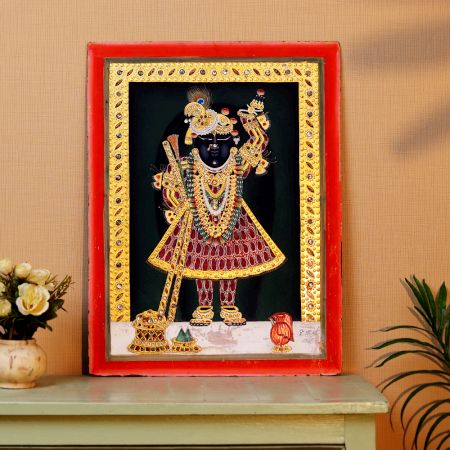




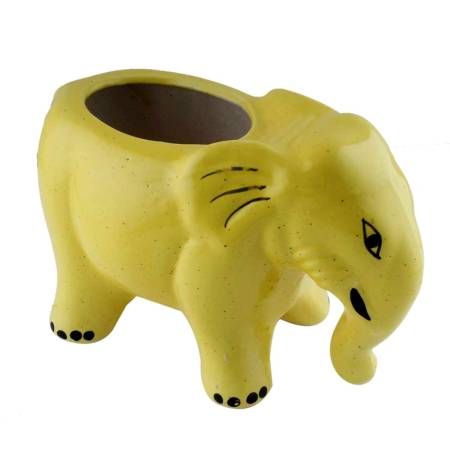
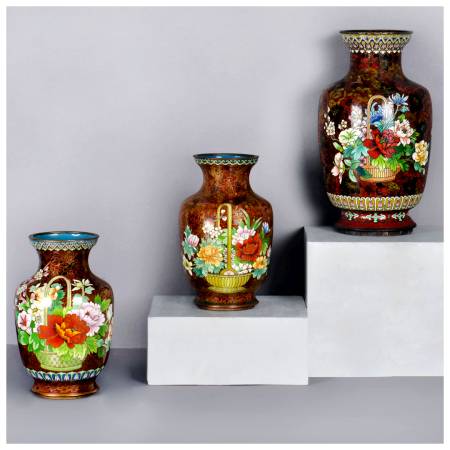
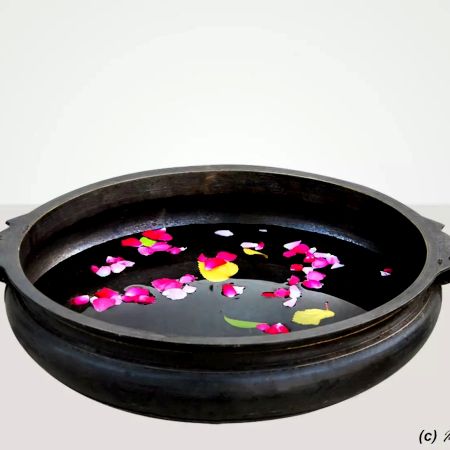
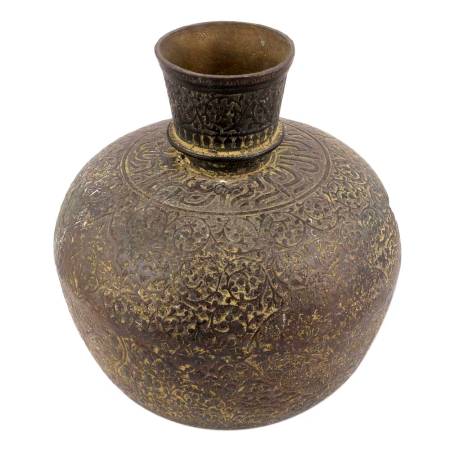
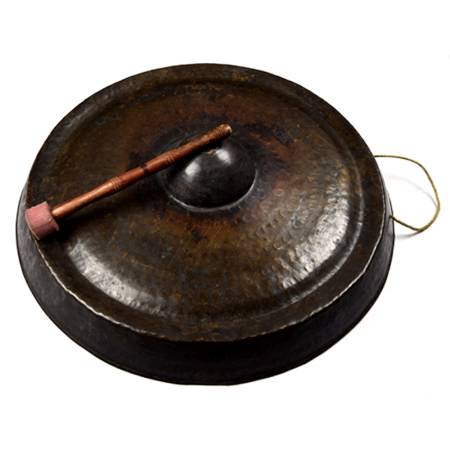
























































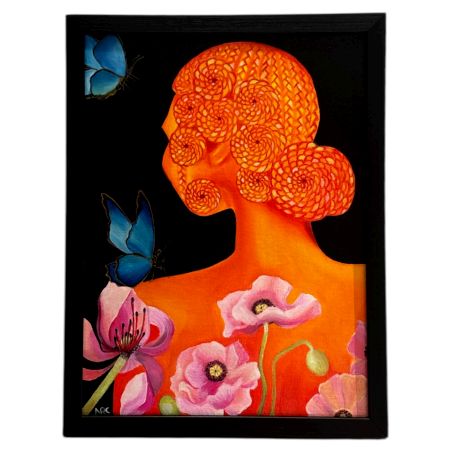
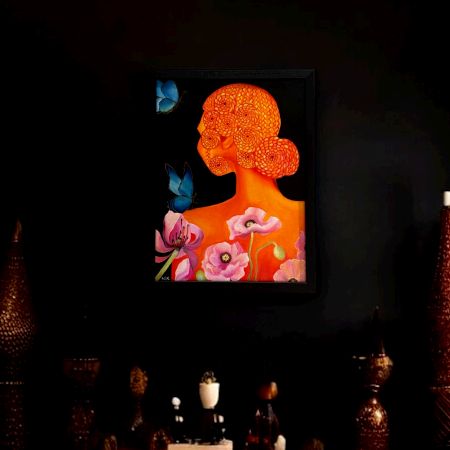





































.JPG?ver=1.7)
.JPG?ver=1.7)
.JPG?ver=1.7)
.JPG?ver=1.7)
.JPG?ver=1.7)
.JPG?ver=1.7)
.JPG?ver=1.7)
.JPG?ver=1.7)
.JPG?ver=1.7)
.JPG?ver=1.7)
.JPG?ver=1.7)
.JPG?ver=1.7)
.JPG?ver=1.7)
.JPG?ver=1.7)
.JPG?ver=1.7)
.JPG?ver=1.7)
.JPG?ver=1.7)
.JPG?ver=1.7)
.JPG?ver=1.7)
.JPG?ver=1.7)
.JPG?ver=1.7)
.JPG?ver=1.7)
.JPG?ver=1.7)
.JPG?ver=1.7)
.JPG?ver=1.7)
.JPG?ver=1.7)
.JPG?ver=1.7)
.JPG?ver=1.7)
.JPG?ver=1.7)
.JPG?ver=1.7)
.JPG?ver=1.7)
.JPG?ver=1.7)
.JPG?ver=1.7)
.JPG?ver=1.7)
.JPG?ver=1.7)
.JPG?ver=1.7)
.JPG?ver=1.7)
.JPG?ver=1.7)
.JPG?ver=1.7)
.JPG?ver=1.7)
.JPG?ver=1.7)
.JPG?ver=1.7)
.JPG?ver=1.7)
.JPG?ver=1.7)
.JPG?ver=1.7)
.JPG?ver=1.7)
.JPG?ver=1.7)
.JPG?ver=1.7)
.JPG?ver=1.7)
.JPG?ver=1.7)
.JPG?ver=1.7)
.JPG?ver=1.7)
.JPG?ver=1.7)
.JPG?ver=1.7)
.JPG?ver=1.7)
.jpg?ver=1.7)
.jpg?ver=1.7)
.jpg?ver=1.7)
.jpg?ver=1.7)
.JPG?ver=1.7)
.JPG?ver=1.7)
.JPG?ver=1.7)
.JPG?ver=1.7)
.JPG?ver=1.7)
.JPG?ver=1.7)
.JPG?ver=1.7)
.JPG?ver=1.7)
.JPG?ver=1.7)
.JPG?ver=1.7)
.JPG?ver=1.7)
.JPG?ver=1.7)
.JPG?ver=1.7)
.JPG?ver=1.7)
.JPG?ver=1.7)
.JPG?ver=1.7)
.JPG?ver=1.7)
.JPG?ver=1.7)
.JPG?ver=1.7)
.JPG?ver=1.7)
.JPG?ver=1.7)
.JPG?ver=1.7)